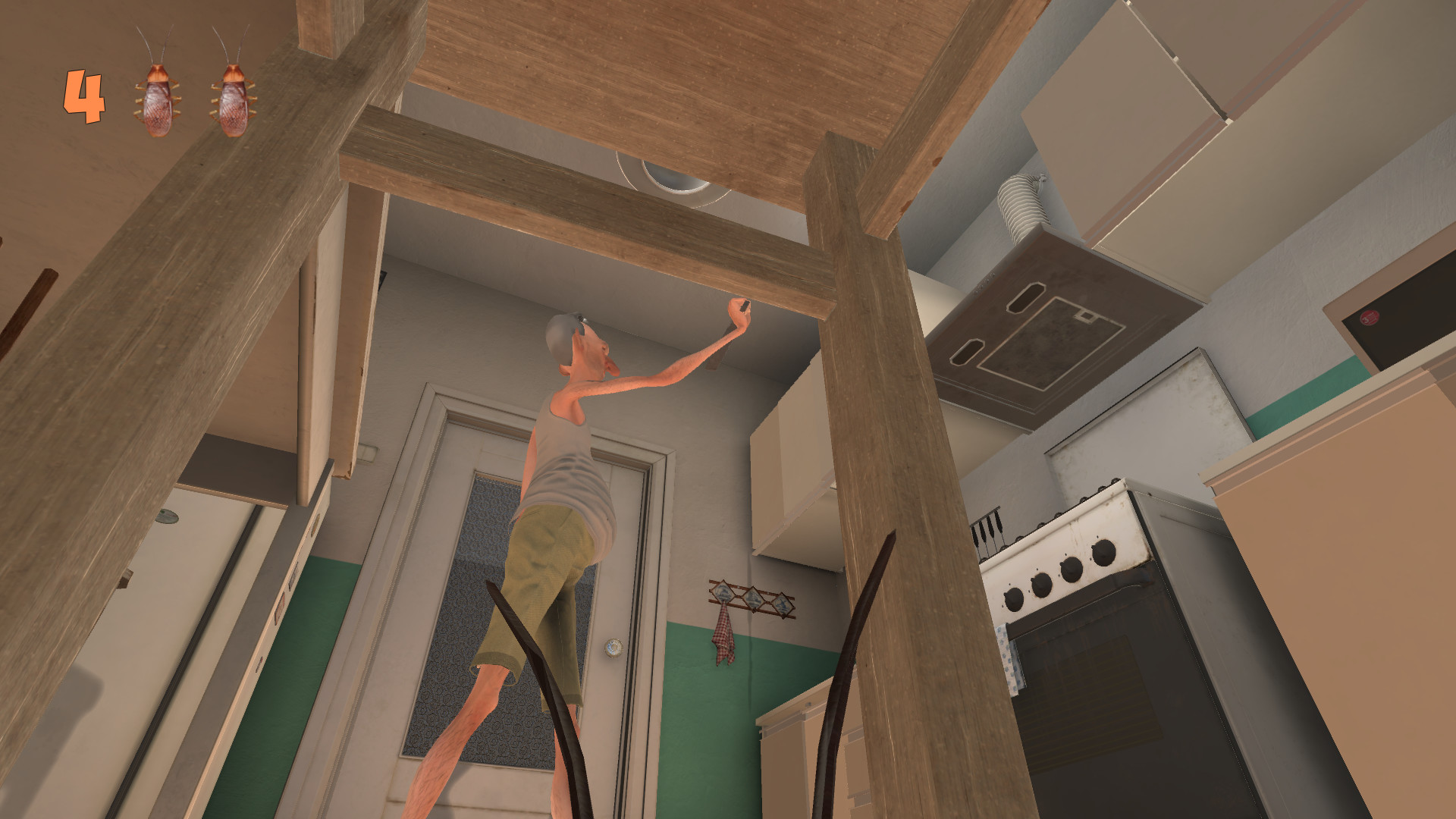

Simulation for Penetrating Abilities of Radioactive Emissions - Uses and Hazards of Radioactivity Ģ0230327 Brown Bag Educators as Designers of Simulation using Easy JavaScript Simulation authoring toolkit (EJSS)Ģ0230302 Sharing of Analytics x Interactives to Physics Unit O and A levelĭigital Interactive for Energy Transfers and Stores Rotating Rectangular Block JavaScript HTML5 Applet Simulation ModelģD Wave Machine JavaScript HTML5 Applet Simulation Model by Wolfgang Christian and Loo Kang WEE Projectile Frog Game JavaScript HTML5 Applet Simulation Model Standing waves in a fixed end String JavaScript HTML5 Applet Simulation Model Magnet Falling in a Coil with Tube Simulator JavaScript Simulation Applet HTML5 Student Learning Space Force Oscillation JavaScript HTML5 Applet Simulation ModelĮvaporation (Pressure, Surface Area, Temperature, Humidity, Presence of Wind) for Secondary School HTML5 Applet JavaScriptīlock Mass 0.1 kg Cooling and Heating Curve with Different Materials and Surface Area Model Life Cycle of Frog Drag and Drop Quiz HTML5Įvaporation ( Surface Area, Temperature, Humidity) for Primary School HTML5 Applet JavaScript *Value individual effort and team work. *Show concern by being responsible towards plants and animals such as their own pets. *Show curiosity in exploring the surrounding plants and animals and question what they find. *Observe and compare the life cycles of animals over a period of time (butterfly, beetle, mosquito, grasshopper, cockroach, chicken, frog). Understanding these cycles helps Man to predict events and processes and to appreciate the Earth as a self-sustaining system.


Examples of these cycles are the life cycles of living things and the water cycle. This enables teachers to make learning more meaningful and enjoyable for their students.Ībout Cycles: There are repeated patterns of change in nature. The freed up curriculum time is to enable teachers to use more engaging teaching and learning approaches, and/or to implement customised schoolbased programmes as long as the aims of the syllabus are met. What makes a cycle? Why are cycles important to life?Ĭycles in plants and animals (Lifecycles) Observing cycles helps us to make predictions and understand things around us. The essential takeaways and key inquiry questions for “Cycles” are: Essential Takeaways Key Inquiry Questions There are repeated patterns of change around us. Cycles There are repeated patterns of change in nature.


 0 kommentar(er)
0 kommentar(er)
